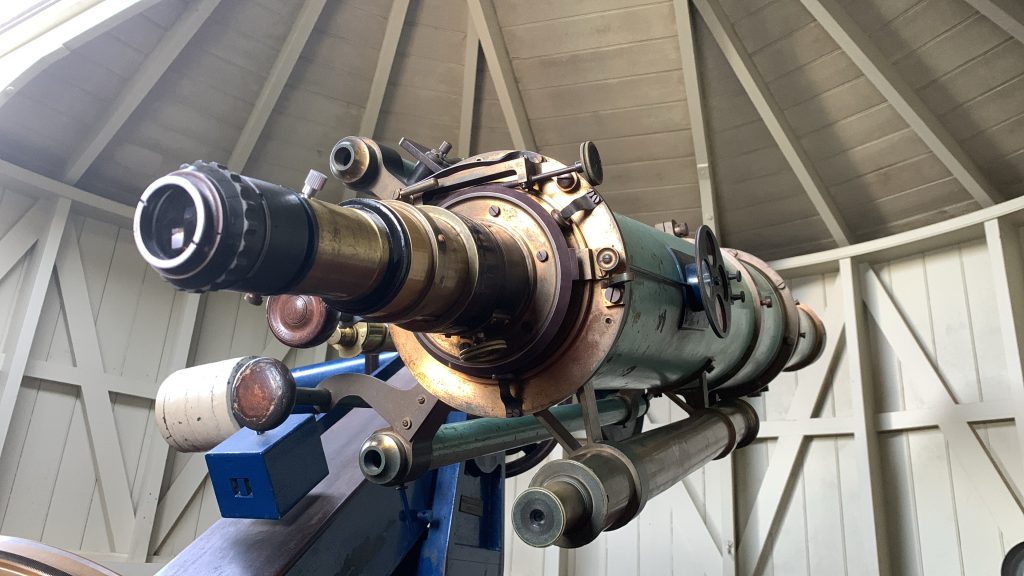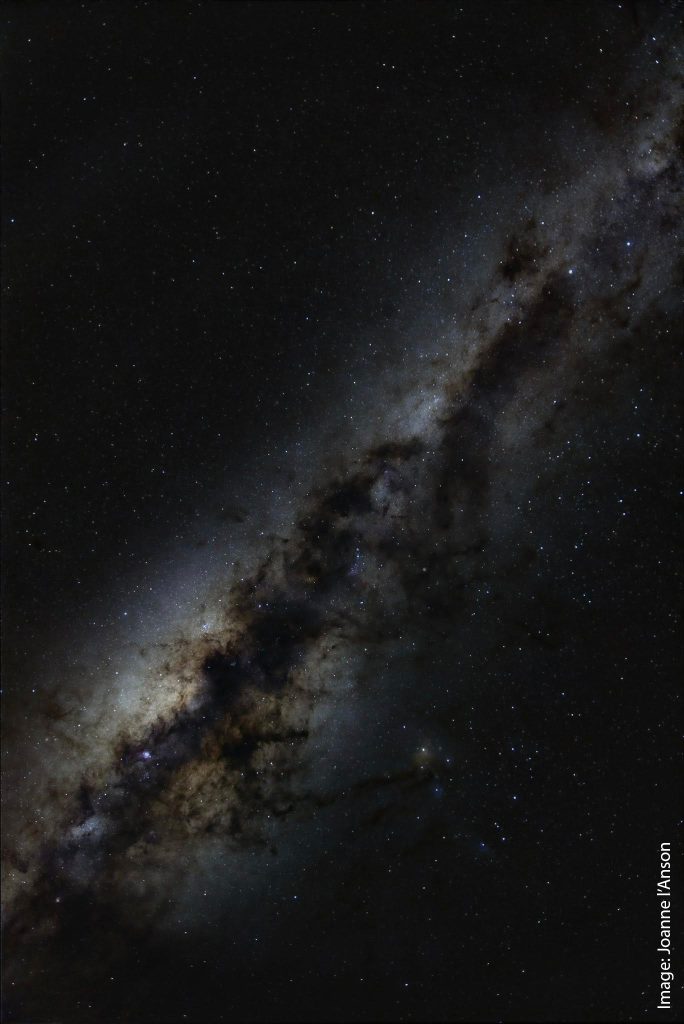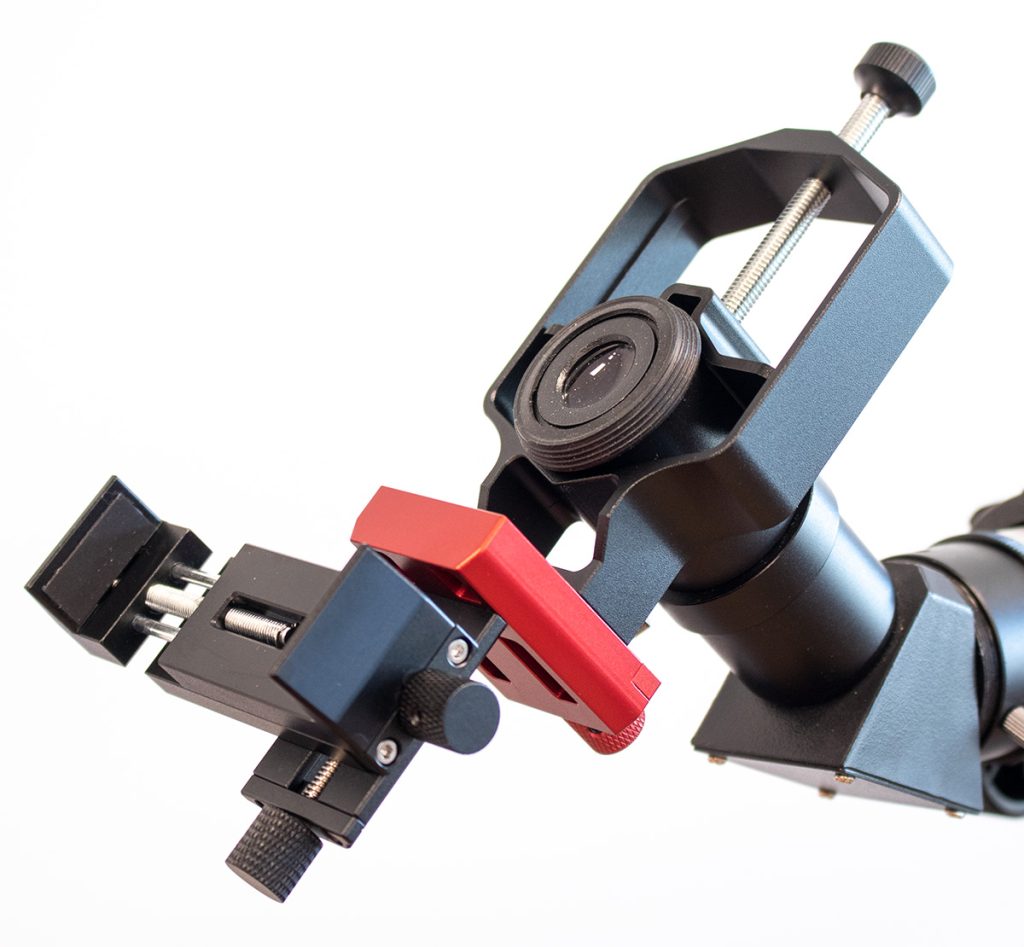Defining time is a strange thing
On Earth, we more-or-less understand a “day” as being 24 hours – that’s the average time between one day’s “noon” (the time the sun crosses the meridian – an imaginary line from the north horizon, through the zenith and down to the south horizon) and the next day’s noon.
When I say “more or less”, its because if you make that calculation yourself, you’ll get different times throughout the year, which is why we average the times over the year. You also get a different time if you time the meridian crossing of a distant star other than the sun – that’s Sidereal time.
Of course, to a Moon-dweller, this “day” on the moon is way longer than an Earth day. In fact, from one noon to the next on the next noon is about 708 hours. For humans, this is so far from our natural sleep cycle it’s not possible to consider this a “day”.
So let’s ask the question in a naïve way…
What should a Moon-dweller’s watch say?
Imagine living on a Moon base for a long period of time. Clearly you’re going to have to have sleep and waking periods, and being human, that’s probably going to be something like 24 hours.
Until now, astronauts (and probes) have worked with respect to the time zone on the Earth where they originated – so Chinese probes work on Beijing time, and US astronauts worked on one of the US time zones. But that system is going to become unworkable if there are several missions spread over the lunar surface for any significant length of time – especially if they cooperate with each other.
And a Lunar GPS system (if you could call it that) will be even more finicky. Tiny errors in timing can cause large spatial errors on the Earth. That’s because the speed of light is so high. Clearly an entirely separate constellation of lunar orbiting satellites would be needed for a system for the Moon.
Lunar time zones
Just setting UTC on Earth turned into an international bunfight, especially between the French and the British. Eventually, the “prime meridian” of the Earth – the one called zero degrees – was defined as that running through the Royal Observatory in Greenwich. Since then it hasn’t changed, although we refer to it in a way that’s slightly less patronising to the non-British. It’s called UTC, for Coordinated Universal Time.
This is the time zone we define for the International Space Station.
Of course, we’ve already settled on the prime meridian on the Moon. The zero-zero point of the Selenographic coordinate system is the point that (on average) faces the Earth.
But how many time zones should there be? On Earth, a number like 24 is a good, because people tend to operate around the hours of daylight. On the Moon, because the day is so long, dwellers won’t by synched to sunlight. It looks like there will be only one time zone, which will probably be called Coordinated Lunar Time.
And there’s another complexity – gravity and time
A lunar clock will run faster than an Earth-based one – by about 56 microseconds every 24 hours. I blame Einstein. It’s not much, but it won’t be very long before the Earth and Moon get out-of-synch to the point where systems that span both bodies will start to run into problems. Is someone going to have to have a leap-second every so often?
So what’s the way to go?
he simplest way to get a standardised Lunar time is to physically place an atomic clock (or a series of them) on the Moon. This is, I have to say, a very unexciting solution to a problem that has so many philosophical tangents. Simply looking up the time on the atomic clock will rather disappointingly avoid the leap second problem. The Lunar atomic clocks would control the Lunar GPS.
A better way?
On a more personal note, because I’m an operator of historical telescopes at the Melbourne Observatory, I think we should standardise on Sidereal Time here on Earth. It might have a few downsides, but it’d make calculations for setting the telescopes so much easier!




